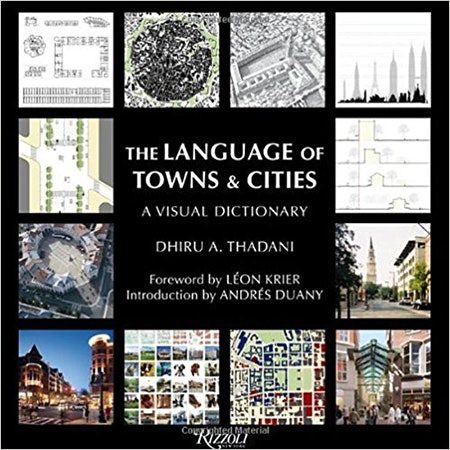Review by Rob Krier
As a boy, I used to passionately peruse the pages of Larousse , Brockhaus or Herder s Volkslexikon from my grandfather s bookcase and felt as though I was holding all the knowledge in the world right there in my hands. Topics followed one another in a colorful mix of rich illustrations. The alphabet skipped across the subject fields, not rounding off chapters as textbooks do, but instead stringing together with cheery exuberance everything worth knowing. One experiences the same joy of surprise the first time one leafs through Dhiru Thadani s book. At first one thinks, Oh, an encyclopedia! before one realizes that this would require an edition of several volumes. It remains succinct and tightly gathered, delivering food for thought for young and old, for scholars, students and specialized professionals; it s simultaneously informative and critical and is sometimes almost morally didactic, as Dhiru treats his subject from the standpoint of a responsible teacher and enlightener. His subject is not a manual for the care and repair of a machine, but instead deals with the technique of housing man in cities: an eminently caring mission. Apart from historical information about cities, such as Rome, Paris, Pienza, Chandigarh, New Delhi or Hong Kong, there are typological and morphological chronicles of town squares and streets, right up to details of street crossings, traffic circles and paving patterns, terraced houses, passages and arcades everything that s beautiful, arranged in alphabetical order. There is no lack of biographies for distinguished urban planners, such as Daniel Burnham, landscape architect Olmsted, or the metropolitan planner and statesman, Jefferson and, equally, for urban critics and writers, such as Jane Jacobs and Lewis Mumford. He provides explanations and design guidance for entire urban figures, such as Poundbury, Arcosanti, Auroville, Brandevoort or Seaside and exemplifies the hierarchical order of centers, suburbs and districts, naming the built contemporary models. He is not shy of interlacing values and ponders both the fashionable and serious trends of present-day urban architecture. In doing so, this book does not become bogged down in its lexical function, but instead also has a constructive and critically instructive appeal. It s more than just a handbook, it is a guide.
